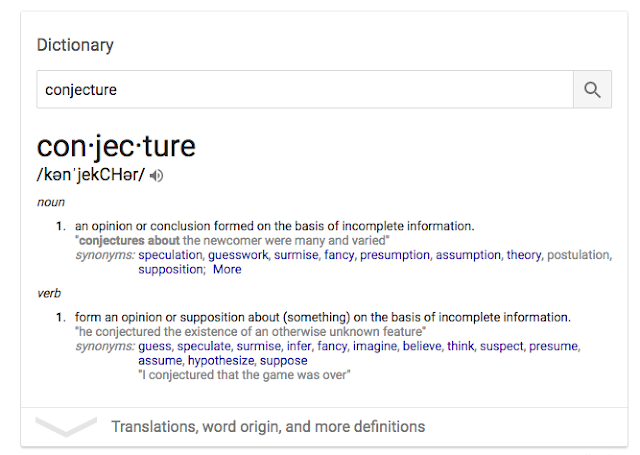The Massachusetts Department of Elementary and Secondary Education has created, published, and posted a number of grade-level and content-area guides to support educator effective effort and evaluation. I find it helpful to use a guide like this as one way to prepare for the math teaching year ahead.
I took a close look at the fifth grade math guide, and noted the following ways that I'll utilize the guide in the year ahead:
- I'll print the guide and hang copies by my teaching/coaching areas
- The guide highlights the critical areas that require the most focus. I'll make sure that we spend substantial time on those concepts, skill, and knowledge points.
- Use classroom website, signage, books, tech sites/computers and opportunity to work with classmates and educators to make math learning/teaching information accessible to students.
- I'll add the guide to the grade-level math website as a reference for colleagues, parents, and students.
- Introduce standards explicitly with high expextations w/rich language, cultural proficient lessons, routines that focus on student math talk, debate/discourse, presentation using hands-on concrete concepts and visual models.
- Focus students' active learning on hands-on meaningful, challenging, and engaging real-world problems.
- Use the classroom supports, explicit teaching, and the editing process to help students use precise language for arguments, presentations, and problem solving.
- Regularly use visual models, number sentences (expressions/equations), diagrams, manipulatives, number lines to demonstrate mathematical thinking and problem solving.
- Personalize and differentiate instruction in ways that empower and engage students.
- Teach children the meaning of conjecture, then foster conjecture-making, hang students' conjectures around the room with their names on it (example: "Sophia's Conjecture) and refer to those conjectures during teaching.
- Provide actionable feedback regularly. (Example, I noticed that you listed all the important information, now you might want to underline the key data you'll use to solve the problem.)
- Assess regularly using formal and informal assessments.
- Create and/or save exemplars, and then use them to guide student work.
- Took-building: The first 25% of the lesson. Focus on the tools you will use to teach/practice the skill. Home study should be about the work you did that day in three levels. (information from Mahesh Sharma)
- Support and encourage students' optimal learning with phrases like this:
- I notice how precise you are when you ________________________________
- What does this pattern, structure, number sentence, and/or model show? What kind of conjecture can you make about this?
- How many different ways can you solve this problem?
- I noticed how your perseverance helped you to see this problem in many ways, solve the problem, or understand the patterns related to this problem.
- I noticed that your argument benefitted from your collaboration with classmates, past units/experiences, observation, and/or good listening.
- When solving problems ask students, "How many different ways can we solve this problem?"
- What does high quality work/effort look like for this endeavor?

